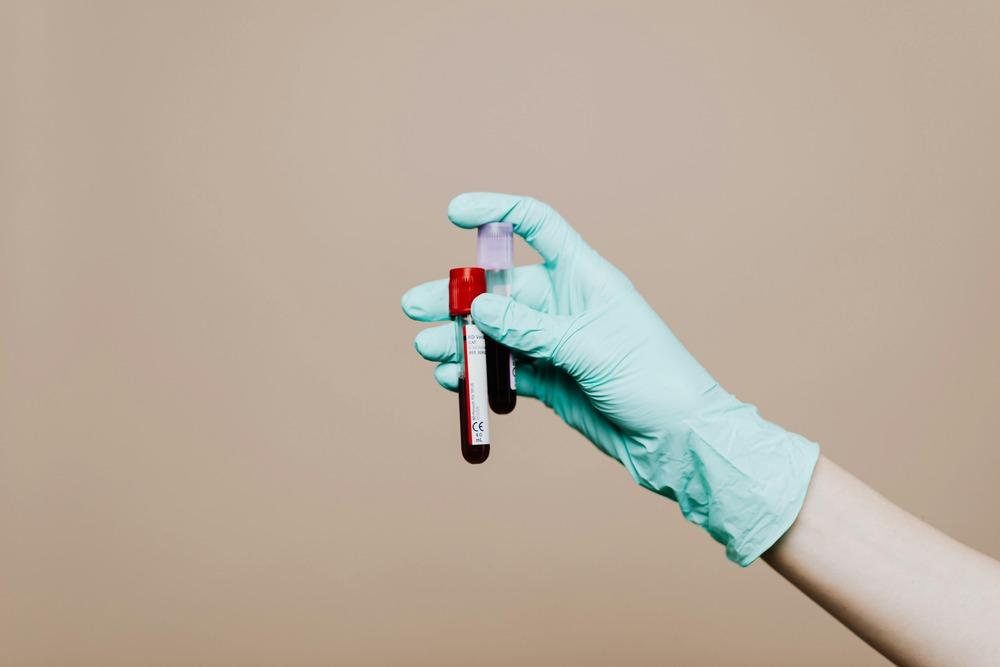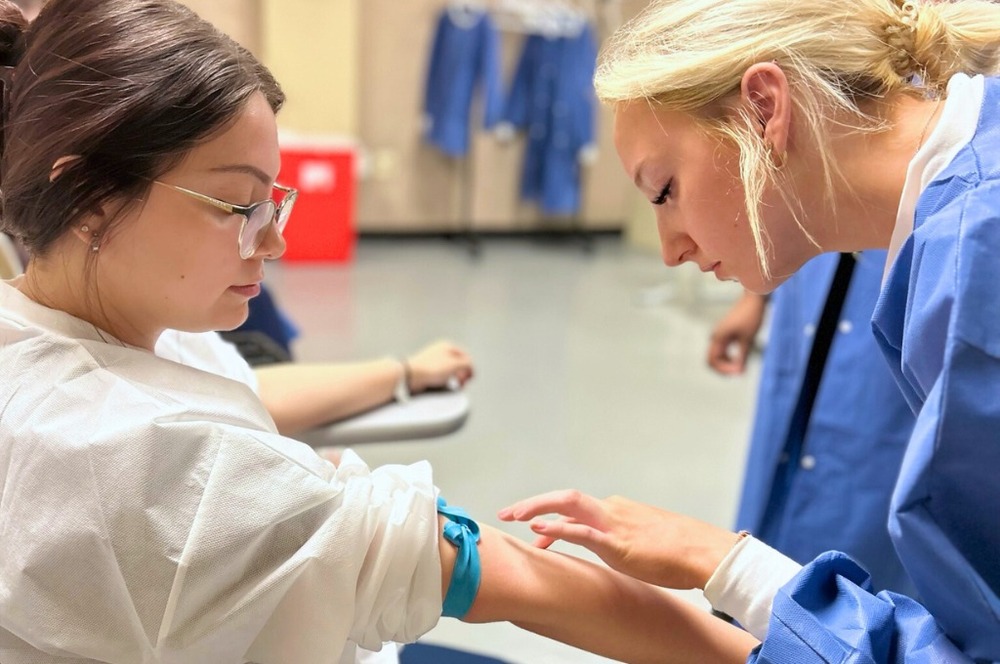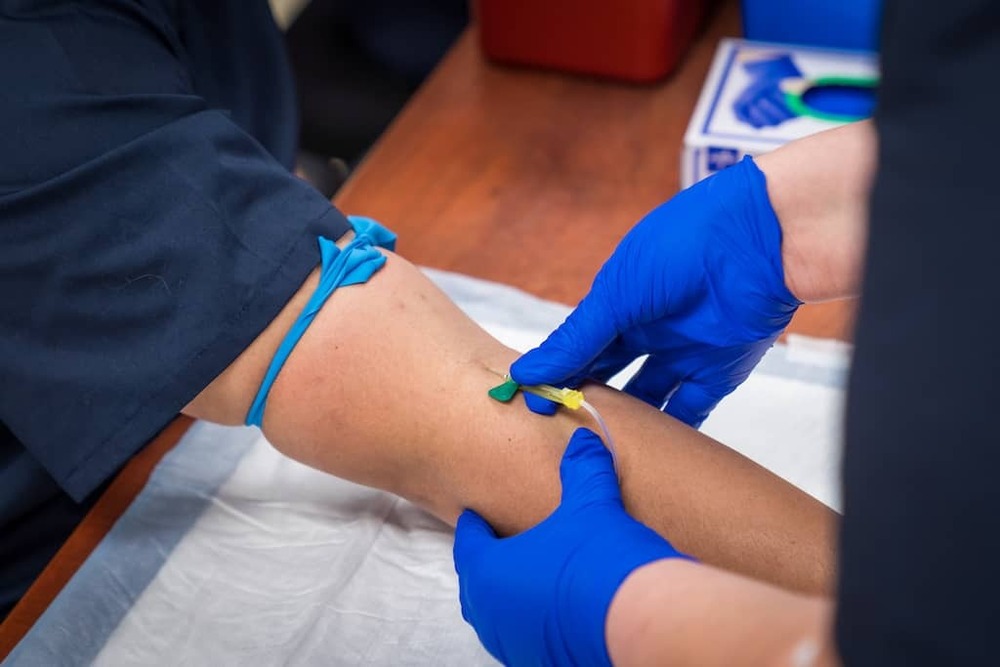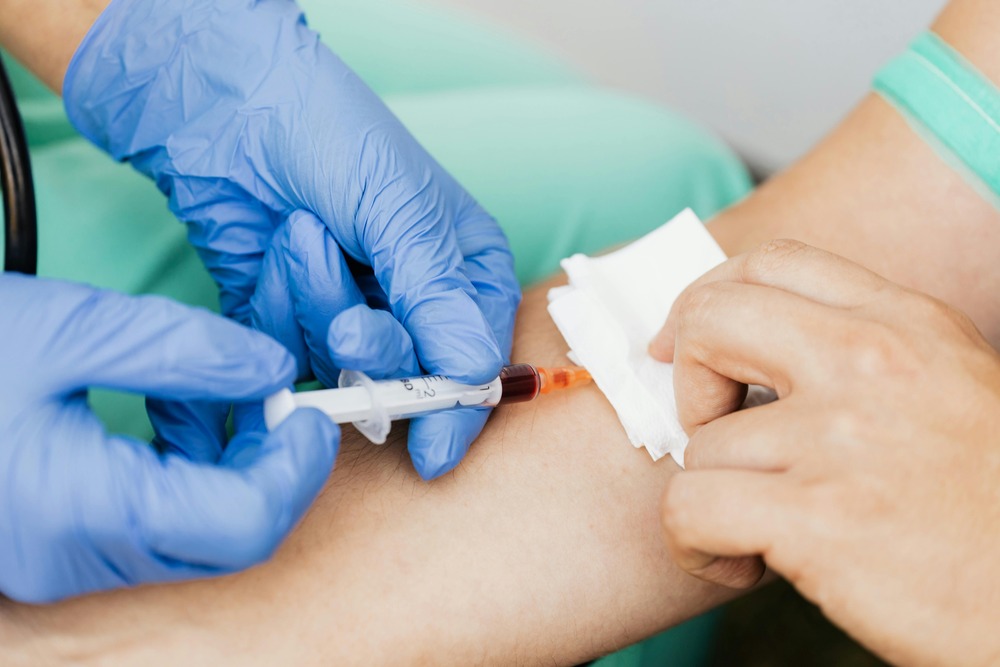In recent years, the demand for healthcare professionals has surged, leading many individuals to explore accelerated programs that promise quick entry into the workforce. One such path is becoming a phlebotomist, a vital role in the healthcare system responsible for drawing blood for tests, transfusions, research, or donations. But can you really become a phlebotomist in just six weeks? Let’s dive into the details, statistics, and what you can expect from these accelerated programs. 🩸

Understanding Phlebotomy
Phlebotomy is more than just drawing blood; it requires a specific skill set and knowledge base. According to the Bureau of Labor Statistics (BLS), the employment of phlebotomists is projected to grow by 10% from 2021 to 2031, which is faster than the average for all occupations. This growth is driven by an aging population and the increasing need for medical testing.
Key Responsibilities of a Phlebotomist
- Collecting blood samples
- Ensuring patient comfort and safety
- Maintaining equipment and supplies
- Adhering to safety protocols
The Accelerated Program Landscape
Accelerated phlebotomy programs typically last around six weeks and are designed to provide students with the essential skills needed to enter the workforce quickly. However, the quality and comprehensiveness of these programs can vary significantly.
What to Expect in an Accelerated Program
Most accelerated programs include:
- Classroom Instruction: Covering anatomy, physiology, and safety protocols.
- Hands-On Training: Practicing blood draws on mannequins and, eventually, real patients.
- Certification Preparation: Many programs prepare students for certification exams, which can enhance job prospects.
Program Statistics
Here’s a breakdown of some key statistics regarding phlebotomy programs:
| Statistic | Value |
|---|---|
| Average Duration of Programs | 6-8 weeks |
| Average Cost of Programs | $1,200 - $3,000 |
| Job Placement Rate | 70% - 90% |
| Average Salary of Phlebotomists | $37,000 per year |
| Required Continuing Education Hours | 10-20 hours annually |
Pros and Cons of Accelerated Programs
Pros
- Quick Entry into the Workforce: Ideal for those looking to start a new career quickly. 🚀
- Focused Curriculum: Programs are designed to cover essential skills without unnecessary courses.
- High Demand: With the growing need for healthcare services, job opportunities are plentiful.
Cons
- Limited Experience: Six weeks may not be enough for some students to feel fully prepared. 😟
- Quality Variation: Not all programs are created equal; some may lack comprehensive training.
- Certification Challenges: Some programs may not adequately prepare students for certification exams.
Choosing the Right Program
When considering an accelerated phlebotomy program, it’s essential to research and compare options. Look for programs that are accredited and have positive reviews from former students. Websites like Phlebotomy Training Spot can provide valuable insights and comparisons of different programs.
Factors to Consider
- Accreditation: Ensure the program meets industry standards.
- Hands-On Training: Look for programs that offer extensive practical experience.
- Job Placement Assistance: Programs that provide job placement services can be beneficial.
Real-Life Experiences
Many students who have completed accelerated phlebotomy programs report a mix of experiences. Some feel well-prepared and confident in their skills, while others wish they had more time for practice. Here’s a snapshot of student feedback:
| Student Feedback | Positive Comments | Areas for Improvement |
|---|---|---|
| Student A | "The hands-on training was invaluable!" | "More time for practice would help." |
| Student B | "I got a job within a month!" | "I wish we covered more scenarios." |
| Student C | "Great instructors!" | "More focus on patient interaction." |
Conclusion
Becoming a phlebotomist in six weeks is indeed possible, but it comes with its own set of challenges and considerations. While accelerated programs can provide a fast track into the healthcare field, it’s crucial to choose a program that offers quality training and prepares you for the realities of the job.
If you’re passionate about helping others and are ready to embark on a rewarding career, phlebotomy could be the right choice for you. Just remember to do your research, weigh the pros and cons, and choose a program that aligns with your career goals. 🌟
For more information on phlebotomy training and career opportunities, check out Phlebotomy Career Training. Good luck on your journey to becoming a phlebotomist!




